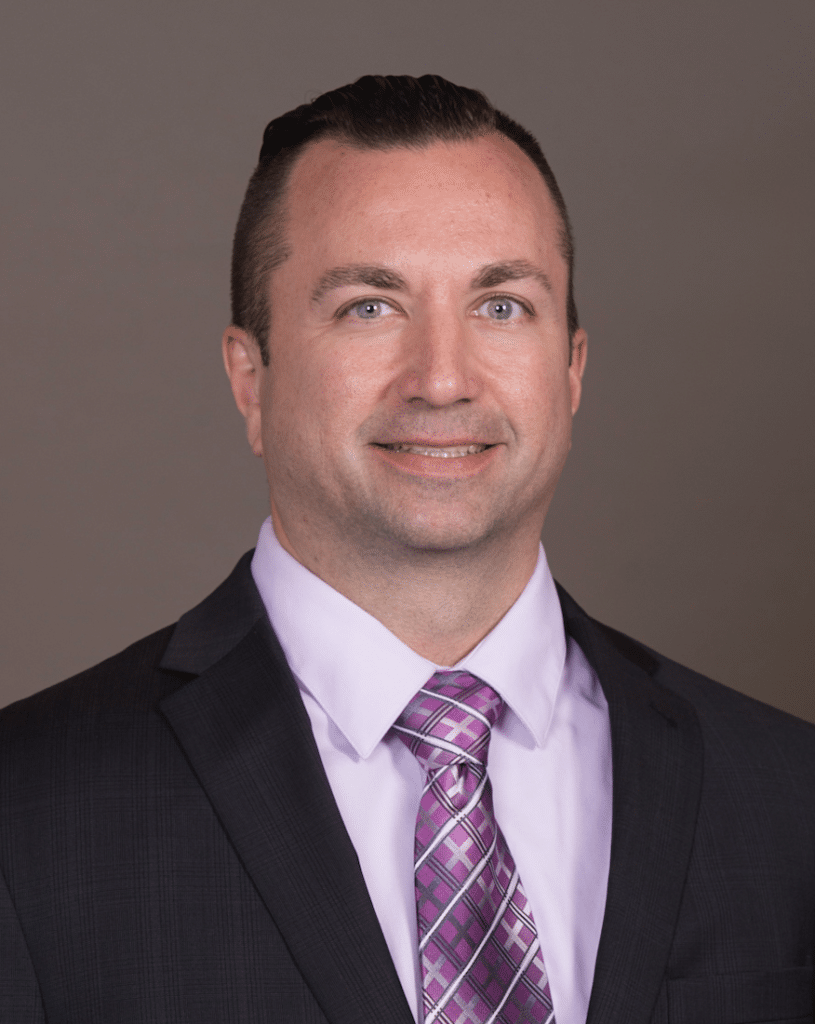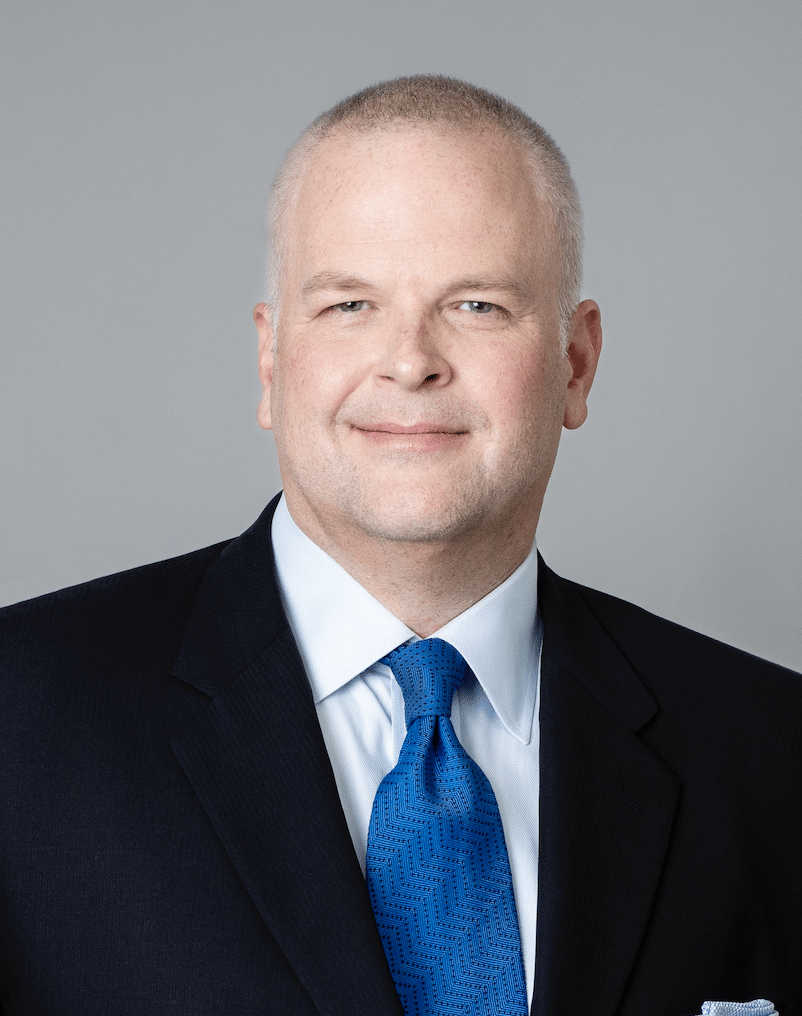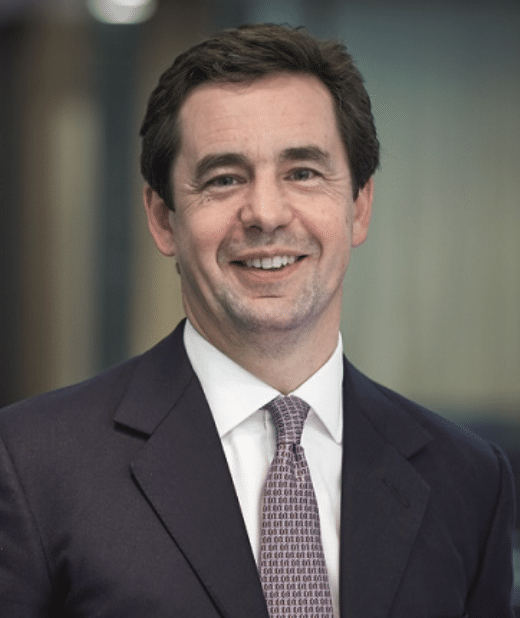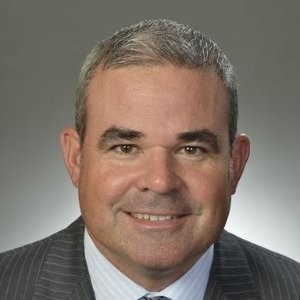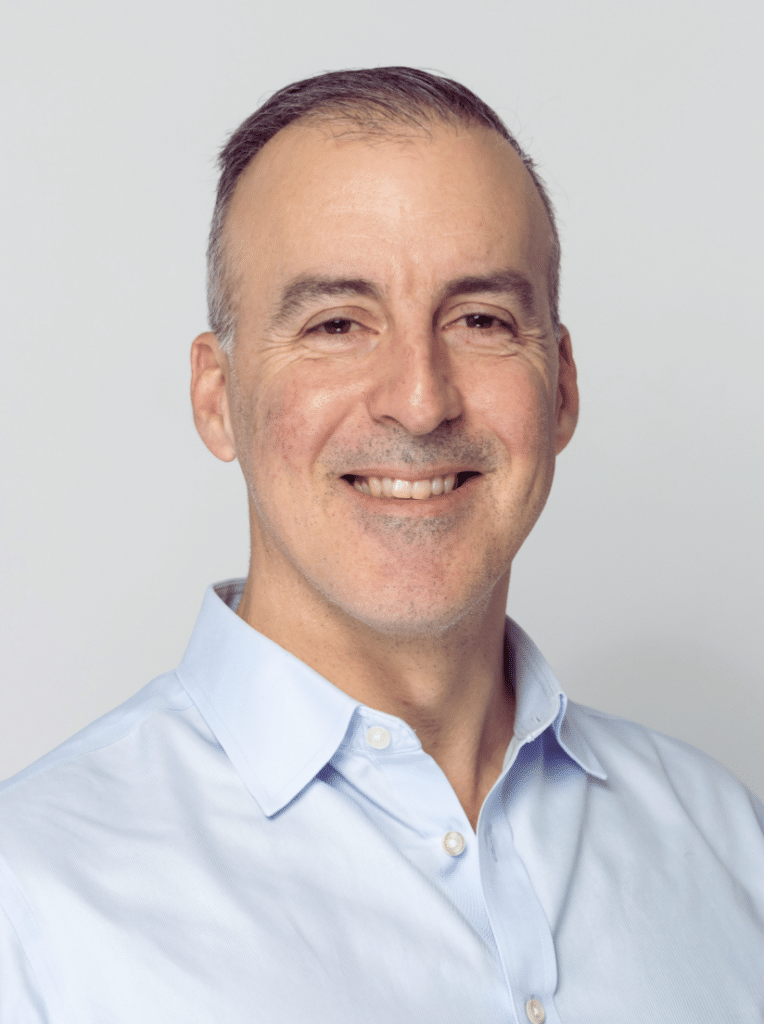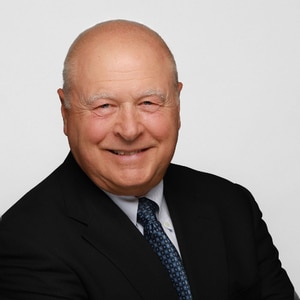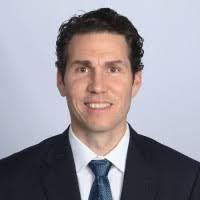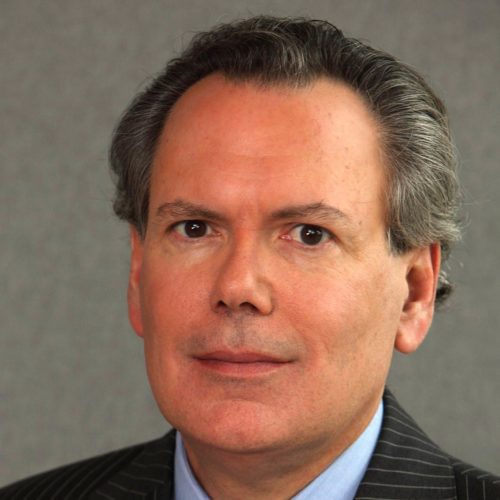NEW YORK – April 29, 2024 – Clear Street, a New York-based diversified financial services firm, is pleased to announce the launch of futures clearing and execution services on U.S. exchanges for global clients, including hedge funds, professional trading groups, and family offices.
After more than two decades of significant futures commission merchant (FCM) consolidation, Clear Street now offers emerging funds to large institutions everything they need to clear, custody, execute, and finance U.S. equities and options; clear, custody, and finance fixed-income securities; and clear futures.
The news follows Clear Street’s launch of professional clearing services for registered market-makers in U.S. equities and options, marking the first successful entry into the professional clearing market in close to a decade.

“Intensified competition, increased capital requirements, technological advancements, and evolving global trading dynamics have driven substantial FCM consolidation, leaving many institutional participants like hedge funds, corporates, and professional trading groups with limited clearing options,” said Chris Smith, CEO, Clear Street Futures.
“The current landscape underscores the critical need for a new player with technology that enables firms to navigate the market in real-time amid escalating volatility, regulatory shifts, and rapid changes.”
Clear Street is a member of the following futures exchanges, offering access to a range of products, including indexes, rates, and commodities: CME, ICE US, and NODAL. The Company is actively pursuing memberships with other major global futures exchanges.
Chris Pento, CEO and Co-Founder, Clear Street, said: “This launch marks a significant milestone in a multi-year project aimed at establishing a cohesive prime brokerage and futures offering. Clear Street is uniquely positioned to disrupt the market by delivering innovative technology that seamlessly integrates futures with our comprehensive suite of offerings on a unified platform.”
In July 2023, Clear Street acquired React Consulting Services and its proprietary futures clearing platform, BASIS, in July 2023.
BASIS was subsequently integrated into Clear Street’s existing cloud-native clearing, settlement, execution, and custody platform.
Clear Street currently processes around 2.5% of the notional U.S. equities volume, equivalent to roughly $10 billion worth of activity through its platform.
The Company concluded a successful third tranche of Series B funding in December 2023.
Led by Prysm Capital, the raise increased Clear Street’s Series B to $685 million and the firm’s valuation to $2.1 billion.
Source: Clear Street






